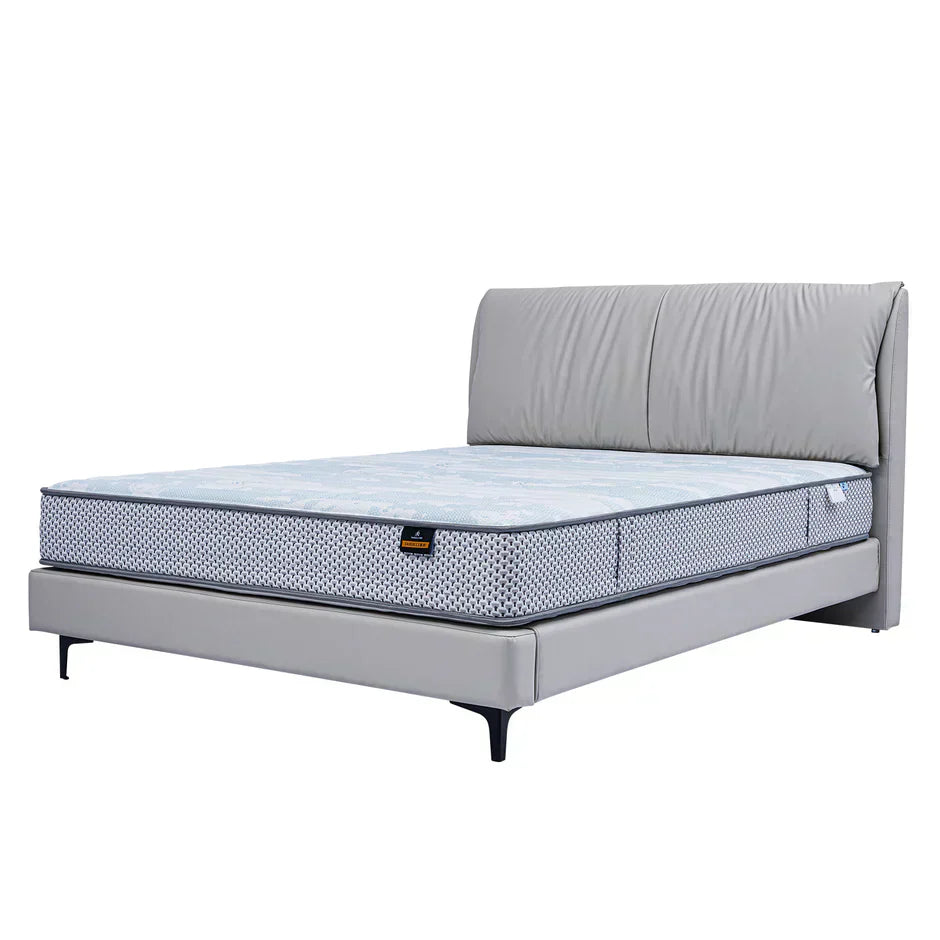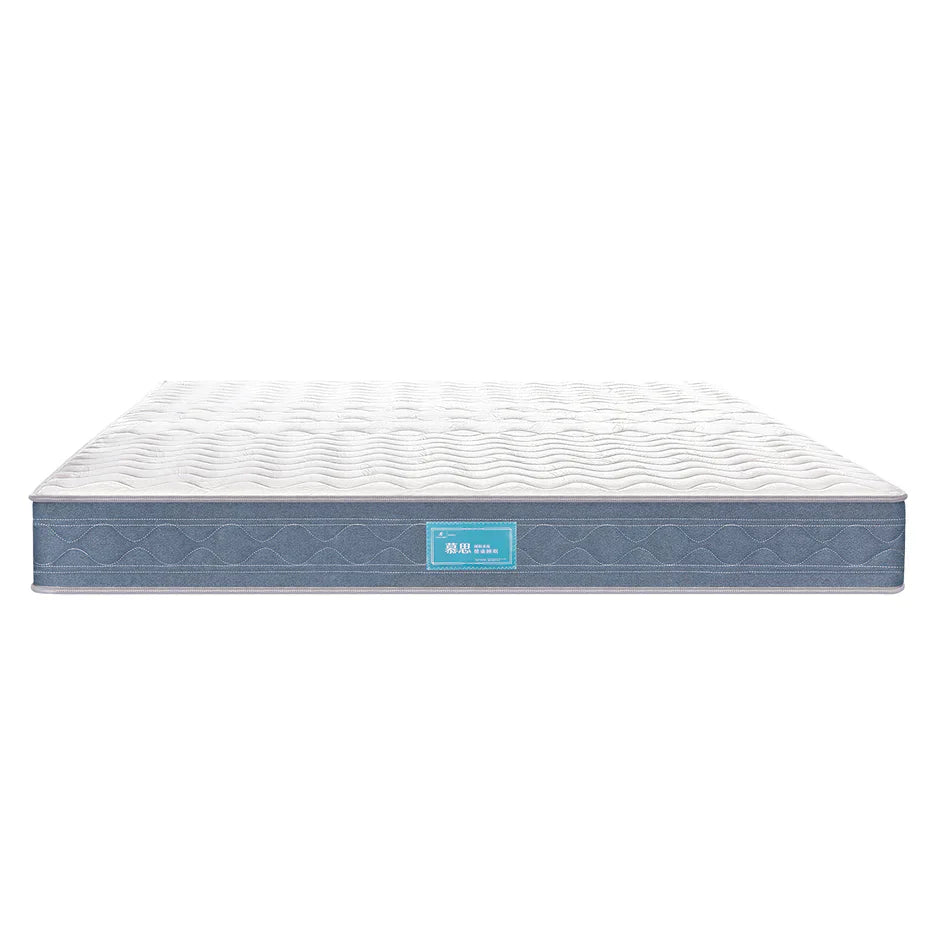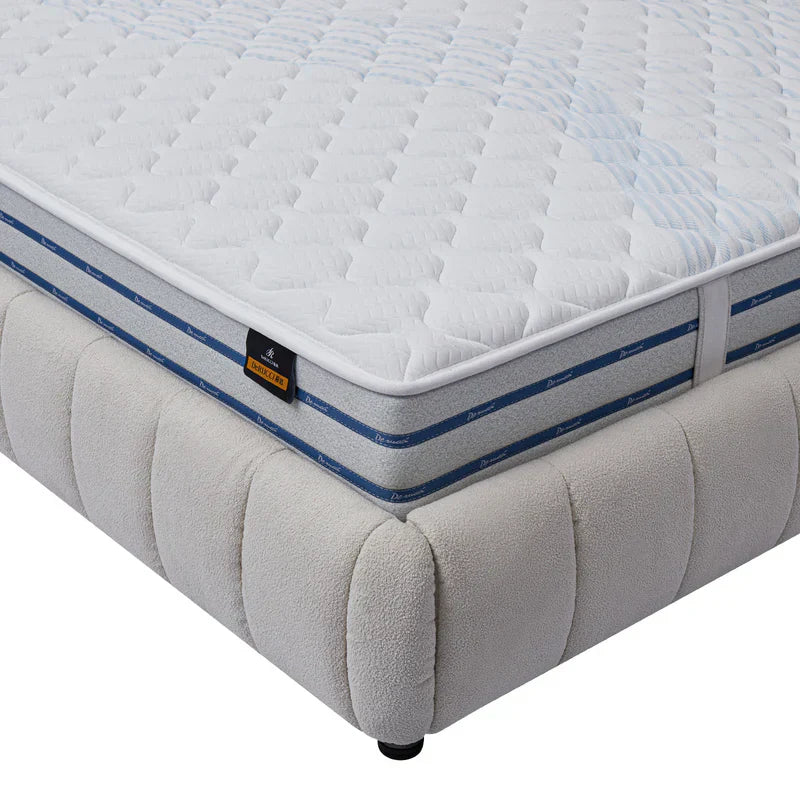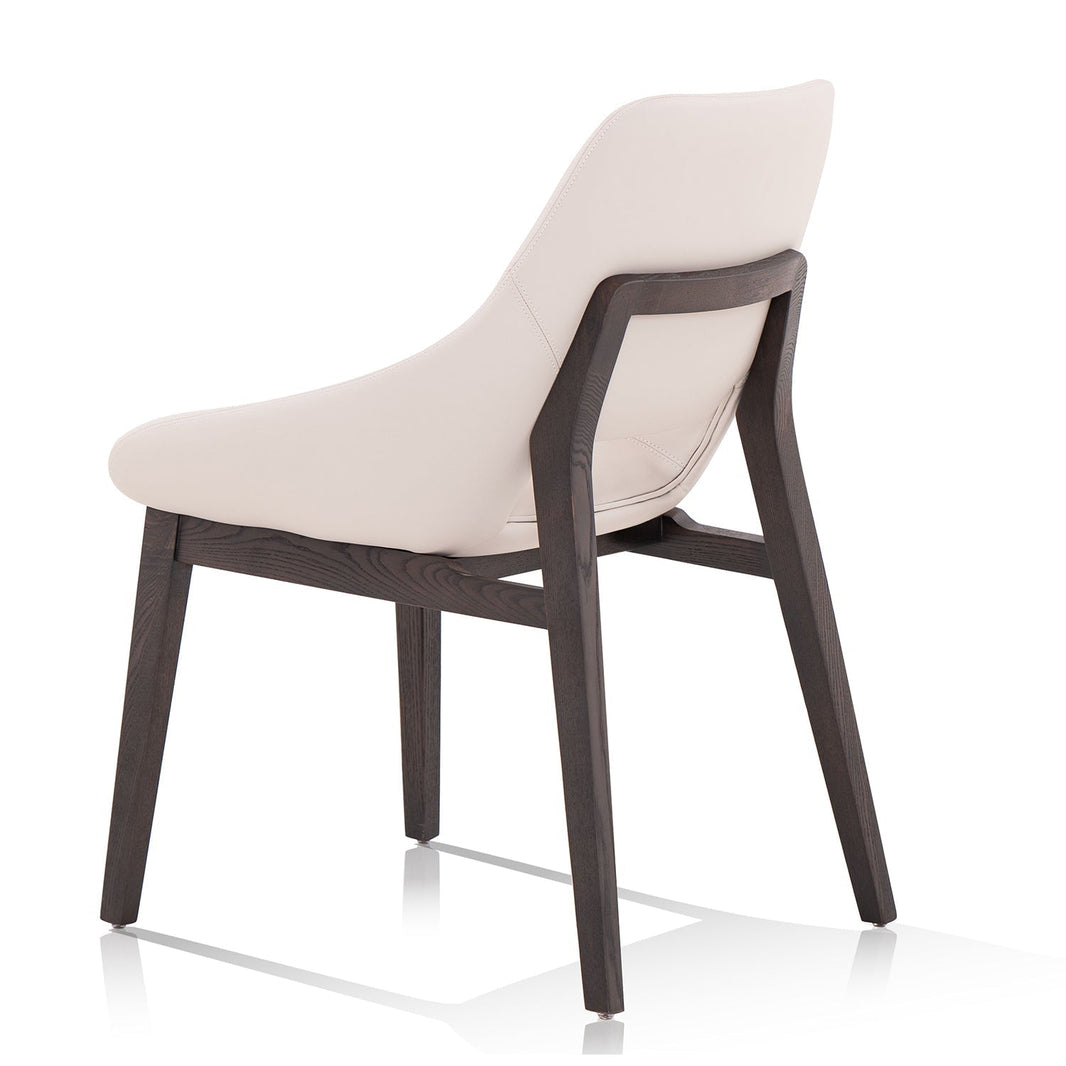Finding the perfect height for your TV cabinet can make all the difference in comfort and style in your living room. You want the center of the TV to line up with your eyes when you’re sitting, so you don't end up with a sore neck after binge-watching sessions. It's also key to think about how the size of your TV and the layout of your room play into this decision. When you're constantly craning your neck to watch TV, we've got the solution for you—everything from setting the perfect TV cabinet height to blending it seamlessly with your room's style.
How to Find the Ideal TV Viewing Height
Setting your TV at the right height is crucial for a comfortable and enjoyable viewing experience. You want the center of the screen to align with your eyes when you’re seated, which helps prevent neck strain and enhances your overall enjoyment.
- Measure Your Eye Level: Sit in your usual spot on your couch or chair where you typically watch TV. Use a tape measure to find the distance from your eyes down to the floor—let’s say it measures around 40 inches. Write this measurement down; it will be your guide for selecting the right height for your TV cabinet.When selecting the right TV cabinet height, it’s also important to consider how your furniture layout complements the viewing experience, such as pairing it with sofa combos designed for small spaces to maximize comfort and style.
- Select the Right Cabinet Height: Now that you have your eye level measurement, choose a TV cabinet that positions the center of the TV screen at approximately the same height. For instance, if your eye level is 40 inches, aim for the middle of the TV screen to sit about 40 inches off the ground. If the screen is 30 inches tall, the bottom of the TV should be about 25 inches from the floor. This setup ensures your TV is positioned perfectly for optimal viewing comfort.
These steps are particularly useful when considering variations in furniture styles and room layouts. If you have high or low seating, adjust the measurements accordingly.
How Do TV Size and Room Parameters Affect Cabinet Height?
Choosing the right height for your TV cabinet involves more than just aligning it with your eye level; the size of your TV and your room parameters also play significant roles in creating an optimal viewing experience.
How TV Size Affects Cabinet Height
Different TV sizes require different cabinet heights to ensure that the center of the screen is at eye level. For example, a 55-inch TV typically has a screen height of around 27 inches. If your seated eye level is 40 inches from the ground, the bottom of the TV should ideally be about 26.5 inches off the floor. Larger TVs, such as a 65-inch model, will have a taller screen that might need to be positioned differently; these often require the cabinet to be slightly lower to keep the screen centered at eye level.
How Screen Size Fits with Room Layout
The physical space of your room can affect how you arrange your TV and furniture. A wider screen requires more horizontal space and can dictate where you position your seating. Ensure that your TV doesn’t overwhelm the room; for instance, a smaller room may suit a 50-inch TV better than an 85-inch one. You should also maintain a balanced arrangement where the TV complements rather than dominates the space. Consider wall-mounted options if space is tight, allowing flexibility in cabinet height while freeing up floor space.
How Viewing Distance and Angles Matter
The ideal viewing distance is typically 1.5 to 2.5 times the diagonal size of your TV. For instance, if you have a 60-inch TV, you should sit between 7.5 and 12.5 feet away for optimal viewing. Adjusting your cabinet height becomes crucial if your room layout forces a closer or further seating arrangement. Additionally, ensure the TV is tilted slightly downwards if mounted above eye level, which helps reduce glare and maintains a comfortable viewing angle, especially in larger rooms where viewers may sit at varying distances.
How Do Aesthetics and Style Coordination Affect TV Cabinet Height?
Selecting the right TV cabinet height isn’t just about functionality; it’s also about ensuring that your setup complements the style and aesthetics of your room.
TV Cabinet Heights for Different Styles
- Modern Style Preferences: Modern interiors often favor sleek, low-profile TV cabinets, typically ranging from 18 to 24 inches high. These lower heights align with minimalist furniture, creating a streamlined look that emphasizes clean lines and uncluttered spaces.
- Traditional Design Considerations: Traditional styles may incorporate taller TV cabinets, around 30 to 36 inches high, to match the more substantial and ornate furniture common in these settings. This height allows for additional decorative detailing and storage options that complement the room's classic elements.
- Minimalist Approach to Cabinet Height: In minimalist designs, cabinets tend to be as low as possible, often integrating into the wall or appearing almost invisible. Heights can range from 12 to 16 inches, emphasizing simplicity and focusing on essential items only.
How Cabinet Height Affects Room Balance
- Balance Cabinet Height: The height of the cabinets or a TV stand should be such that it presents a balanced visual composition in the room. For example, if the ceilings are high, one or two slightly taller cabinets will draw the eye upwards and fill the space above them very nicely. If the ceilings are lower, a shorter cabinet can keep the space open and airy.
- Arrange TV Decorations: Make use of the surface and surroundings in your TV Cabinet for beautification. Books, sculptures, and framed photos come at a uniform scale to create an aura of serenity. Keep in mind that it must not irritate the viewer viewing TV but complement it and would look at times of repeated color or used material.
How Color and Material Change Your Room
- Choose Matching Colors: The color and finish of your TV cabinet should integrate seamlessly with the rest of the room. For example, a wooden cabinet might suit a room with rustic or warm tones, while a glossy white or black cabinet fits well within contemporary settings.
- Improve Room Aesthetics: By choosing materials that reflect light softly, such as matte finishes, you can reduce glare and enhance viewing comfort. Also, choosing colors that echo other elements in the room, such as wall paint or accent pieces, makes a space feel cohesive and inviting.
Choosing the right height for a TV cabinet can combine both functionality and aestheticism for the place. From modern, and traditional, to minimalist, let the height of the cabinet follow your decor; maybe it will complete it perfectly.
Perfect Your TV Cabinet Setup for Comfort and Style
The right height of the TV cabinet or the TV stand would make your living area comfortable and stylish. While you sit to watch your favorite show, the center of the TV should be at eye level to avoid any kind of neck strain. Also very relevant is how the size of your TV and the room on its placement; do they work in concert or not? Also, consider your interior design style, whether you like sleek and modern, traditional and charming, or minimalist and simple. A setting that complements your interior can really add to your living room. Take a minute to reposition your TV cabinet, and you will notice your home feels more inviting with that perfect balance of comfort and style.
FAQs on Choosing the Right TV Cabinet Height
Q1: What if my TV is wall-mounted? How does this affect cabinet height?
If your TV is wall-mounted, the cabinet height becomes more about aesthetics and storage needs rather than aligning with eye level. Ensure it complements your room's decor and provides sufficient space for components like speakers or game consoles.
Q2: Can lighting in the room affect where I should place the TV cabinet?
Yes, avoid placing your TV where direct sunlight or strong lights cause glare to occur on the screen. Change the placement of the cabinet or adjust the blinds on the windows to control the amount of light for better viewing.
Q3: What materials are best for a TV cabinet to ensure durability and style?
Durable materials include solid wood or metal for longevity and stability, while veneer or tempered glass finishes give it style. You can choose between materials that suit your style of decor and serve your practical needs.
Q4: Can I repurpose an existing piece of furniture as a TV cabinet?
Of course, provided it is strong enough to handle the weight of your TV and has a suitable height for comfortable viewing. Adding cable management solutions will also help you conceal cords and create a neater appearance.
Q5: How do I ensure that my TV cabinet has adequate ventilation for electronics?
Look for open-shelf cabinets or those with built-in ventilation to allow air to circulate around the electronic devices. This will help with no overheating and can expand the life of your equipment.








